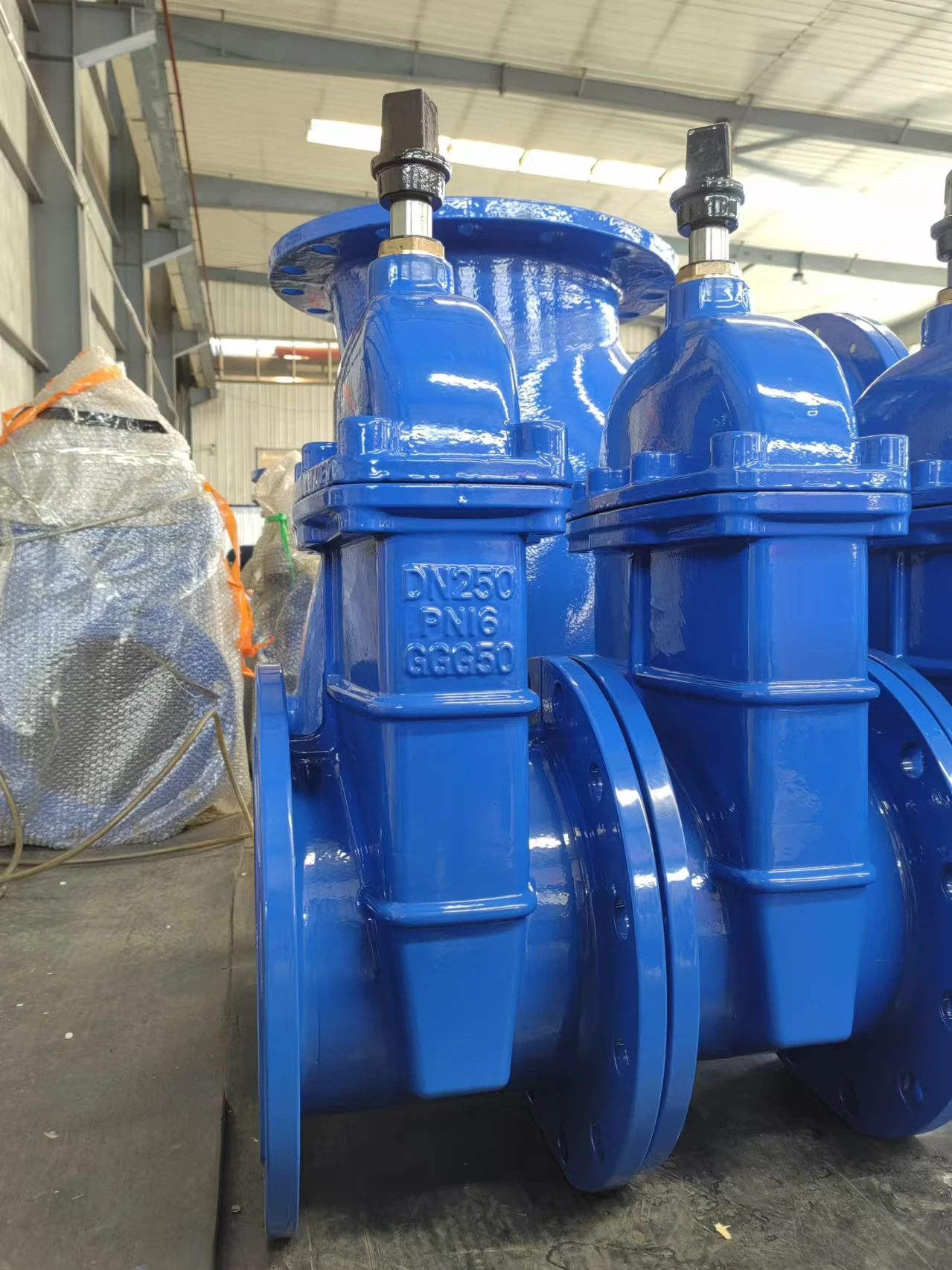pressure relief valve on compressor
Understanding Pressure Relief Valves on Compressors
Pressure relief valves (PRVs) play a crucial role in maintaining safety and operational efficiency within compressor systems. Compressors are used in various applications, from industrial settings to refrigeration and air conditioning, to compress gas or air for storage or transmission. However, the inherent risks associated with high-pressure storage make PRVs an essential component in preventing potentially hazardous situations.
The Importance of Pressure Relief Valves
A pressure relief valve is designed to automatically release pressure from a system when it exceeds a predetermined level. By diverting excess pressure, PRVs protect equipment such as compressors, pipes, and tanks from damage, which could lead to catastrophic failures, explosions, or environmental hazards. Without these valves, compressors could operate under dangerously high-pressure conditions, leading to significant safety risks for personnel and facility operations.
How Pressure Relief Valves Work
PRVs function by using a spring mechanism that is calibrated to open at a specific pressure, known as the set pressure. When the internal pressure of the compressor system exceeds this set threshold, the force exerted on the valve disc overcomes the spring tension, allowing the valve to open and release gas or fluid until the pressure drops to a safe level. The valve then closes automatically, resuming normal operation.
There are two primary types of pressure relief valves spring-loaded and pilot-operated. Spring-loaded valves are the most common type, suitable for various applications with relatively low flow rates. Pilot-operated valves, however, are better suited for larger systems requiring high flow capacities. Knowing which type of valve is appropriate for your compressor system is crucial for optimal safety and performance.
Factors Influencing PRV Selection
When selecting a pressure relief valve for a compressor application, several factors must be considered
pressure relief valve on compressor

1. Set Pressure and Blow-Off Capacity Determine the maximum allowable working pressure (MAWP) of the system and select a PRV with a set pressure slightly below this threshold. Additionally, assess the potential flow rate during a pressure relief scenario to ensure the valve can handle the expected discharge.
2. Material Compatibility The materials used in the construction of the PRV must be compatible with the gases or fluids involved in the compressor system to prevent corrosion or failure.
3. Operating Environment Consider the operating environment, including temperature and pressure fluctuations. This will inform the design choices necessary to ensure the PRV operates effectively in various conditions.
4. Regulatory Compliance Depending on your location and industry, there may be specific regulations governing the installation and maintenance of pressure relief valves. Compliance with these standards is vital for safety and operational legitimacy.
Maintenance of Pressure Relief Valves
Regular maintenance of PRVs is essential to ensure their reliability and functionality. Over time, sediment, corrosion, or wear may inhibit the valve's operation. Periodic testing is crucial to confirm that the valve opens at the correct pressure and quickly reseats after discharging. Furthermore, it’s important to check the surrounding area for leaks or deviations in pressure that could indicate underlying issues within the compressor system.
Conclusion
In summary, pressure relief valves are integral to the safe and efficient operation of compressors in various industries. By understanding their functions and implementing proper selection and maintenance practices, operators can significantly reduce the risks associated with high-pressure systems. Continuous education on the role of PRVs, along with adherence to safety regulations, ensures not only the longevity of compressor equipment but also the safety of personnel and the environment. As technology and industry practices evolve, staying informed will help maintain safe operational standards in compressor applications.
-
The Smarter Choice for Pedestrian AreasNewsJun.30,2025
-
The Gold Standard in Round Drain CoversNewsJun.30,2025
-
The Gold Standard in Manhole Cover SystemsNewsJun.30,2025
-
Superior Drainage Solutions with Premium Gully GratesNewsJun.30,2025
-
Superior Drainage Solutions for Global InfrastructureNewsJun.30,2025
-
Square Manhole Solutions for Modern InfrastructureNewsJun.30,2025
-
Premium Manhole Covers for Modern InfrastructureNewsJun.30,2025
